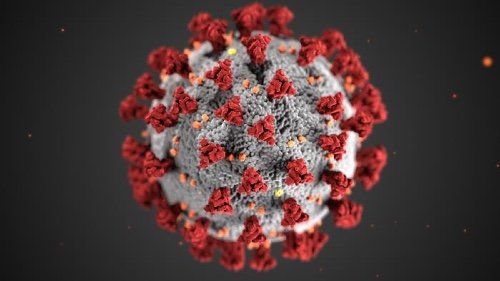American Society of Breast Surgeons Offers COVID-19 Breast Imaging Guidance
Society categorizes patients based on risk associated with delaying services.

While breast imaging services have largely been discouraged during the COVID-19 pandemic, postponing these scans isn’t the best options for every patient. For women with breast cancer, waiting for imaging could put them at greater risk.
To help providers determine which patients – and which particular situations – are most appropriate for imaging during the outbreak, the American Society of Breast Surgeons published recommendations for when services should, and should not, be completed.
“These recommendations should be taken in the context of each institution’s resources and prevalence of the COVID-19 pandemic in their region,” the American Society of Breast Surgeons (ASBS) wrote. “The COVID-19 pandemic may vary in severity over time, and these recommendations are subject to change with changing COVID-19 pandemic severity.”
ASBS leaders placed patients into three categories:
- Priority A: Patients with a condition that is immediately life threatening or clinically unstable
- Priority B: Patients with a non-critical situation for whom a 6-to-8-week delay could negative affect the outcome
- Priority C: Patients with a condition stable enough to delay services for the duration of the COVID-19 pandemic
According to the published guidance, there are no circumstances in which patients would fall under Priority A for breast imaging. However, situations do exist for Priority B and Priority C services, they said.
Specifically, the Priority B category includes diagnostic imaging for breast symptoms or a BI-RADS 4-5 screening mammogram, as well as biopsies for abnormal mammograms or breast symptoms. Given the recommendation against any new screening mammograms until the pandemic subsides, it is likely these services would have been previously scheduled.
For Priority C, all services can be deferred for a later date. Routine screening mammograms can be deferred for up to 12 months in the general population without a likely impact on overall survival, and patients with previous abnormal screenings can wait for six months before pursuing imaging again. In addition, all screenings with other modalities, including MRI and breast ultrasound, should also be postponed.
As with all non-emergent services during this time, radiologists and other providers should couple their best judgment with recommended guidelines to ensure they’re providing the safest care possible, according to a team led by Emilia Diego, M.D., director of the Pre-Menopausal Breast Cancer Program at the University of Pittsburg Medical Center.
“Although medical centers must continue to offer care that cannot be postponed for months for some non-COVID-19 related conditions, such as cancer, the benefits of this care should be balanced against the risk of COVID-19 exposure for patients and staff during this pandemic,” Diego wrote in an editorial published in the European Journal of Breast Health. “For each breast cancer patient, the risk/benefit ratio should be considered.”
AI-Initiated Recalls After Screening Mammography Demonstrate Higher PPV for Breast Cancer
March 18th 2025While recalls initiated by one of two reviewing radiologists after screening mammography were nearly 10 percent higher than recalls initiated by an AI software, the AI-initiated recalls had an 85 percent higher positive predictive value for breast cancer, according to a new study.
ECR Mammography Study: Pre-Op CEM Detects 34 Percent More Multifocal Masses than Mammography
February 28th 2025In addition to contrast-enhanced mammography (CEM) demonstrating over a 90 percent detection rate for multifocal masses, researchers found that no significant difference between histological measurements and CEM, according to study findings presented at the European Congress of Radiology.
Study: Mammography AI Leads to 29 Percent Increase in Breast Cancer Detection
February 5th 2025Use of the mammography AI software had a nearly equivalent false positive rate as unassisted radiologist interpretation and resulted in a 44 percent reduction in screen reading workload, according to findings from a randomized controlled trial involving over 105,000 women.